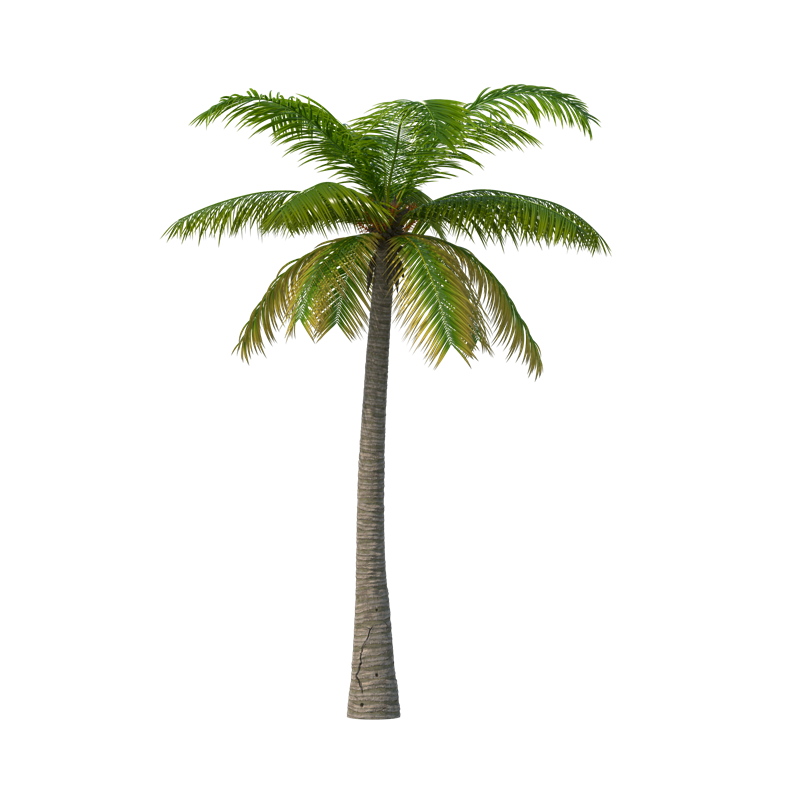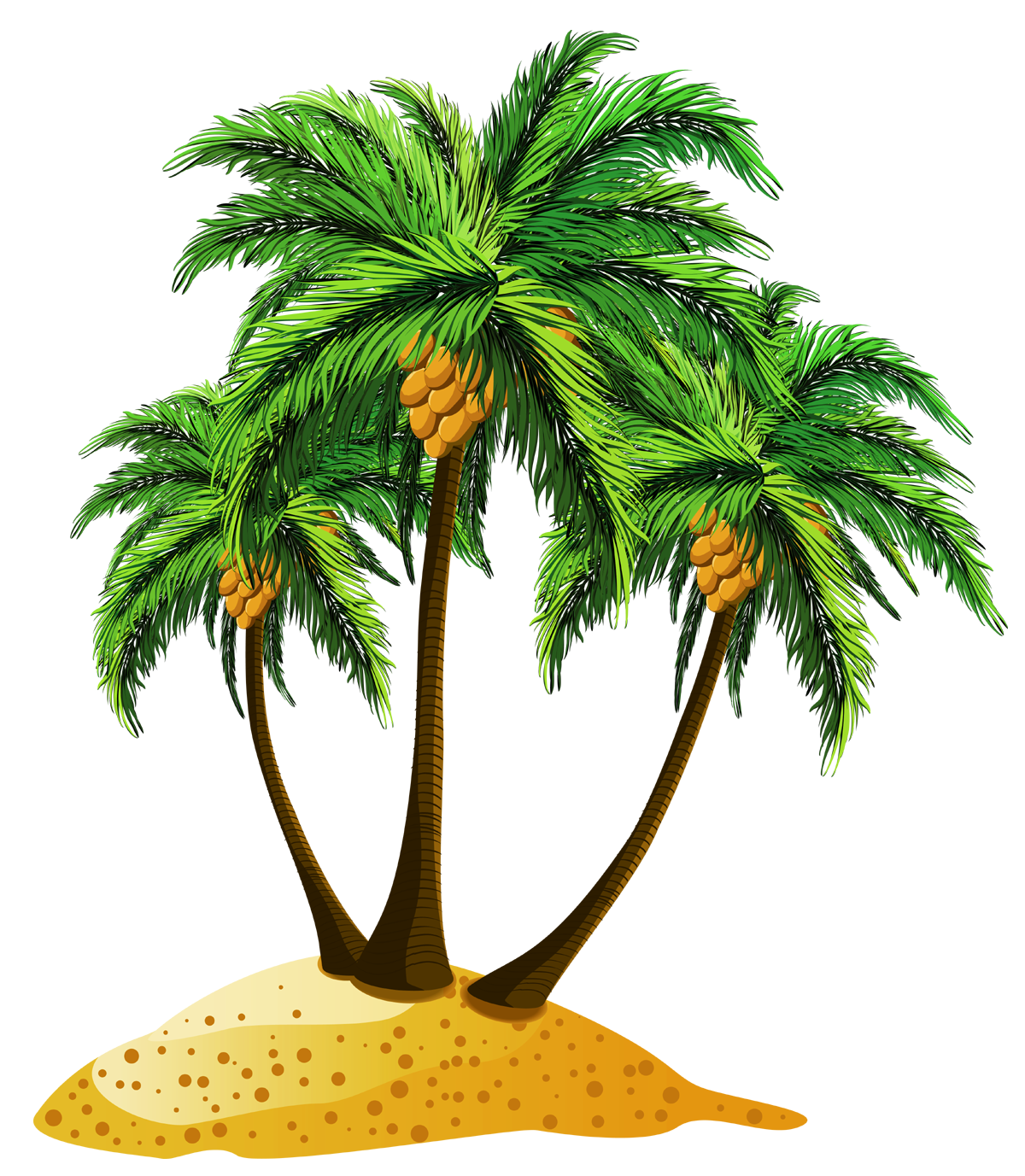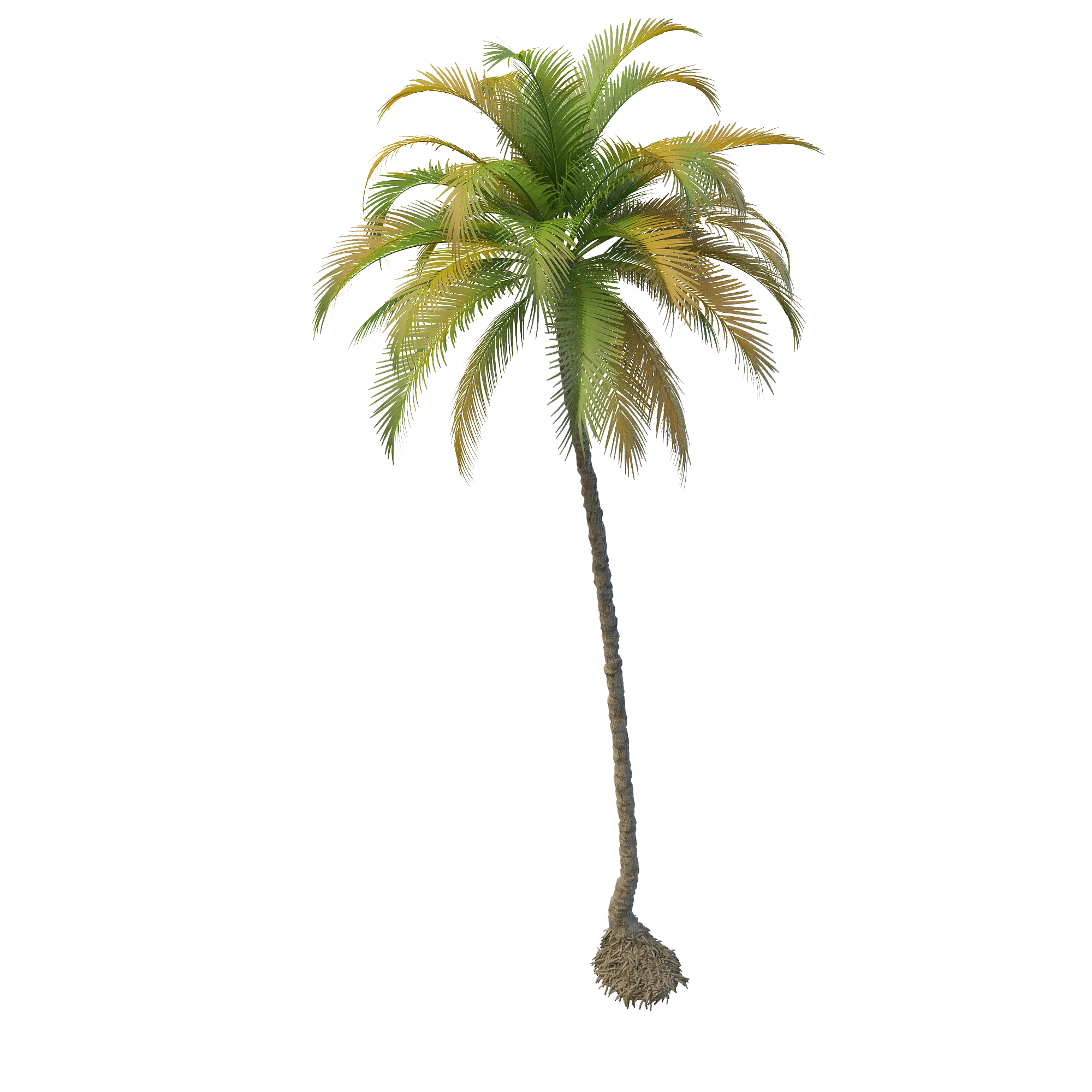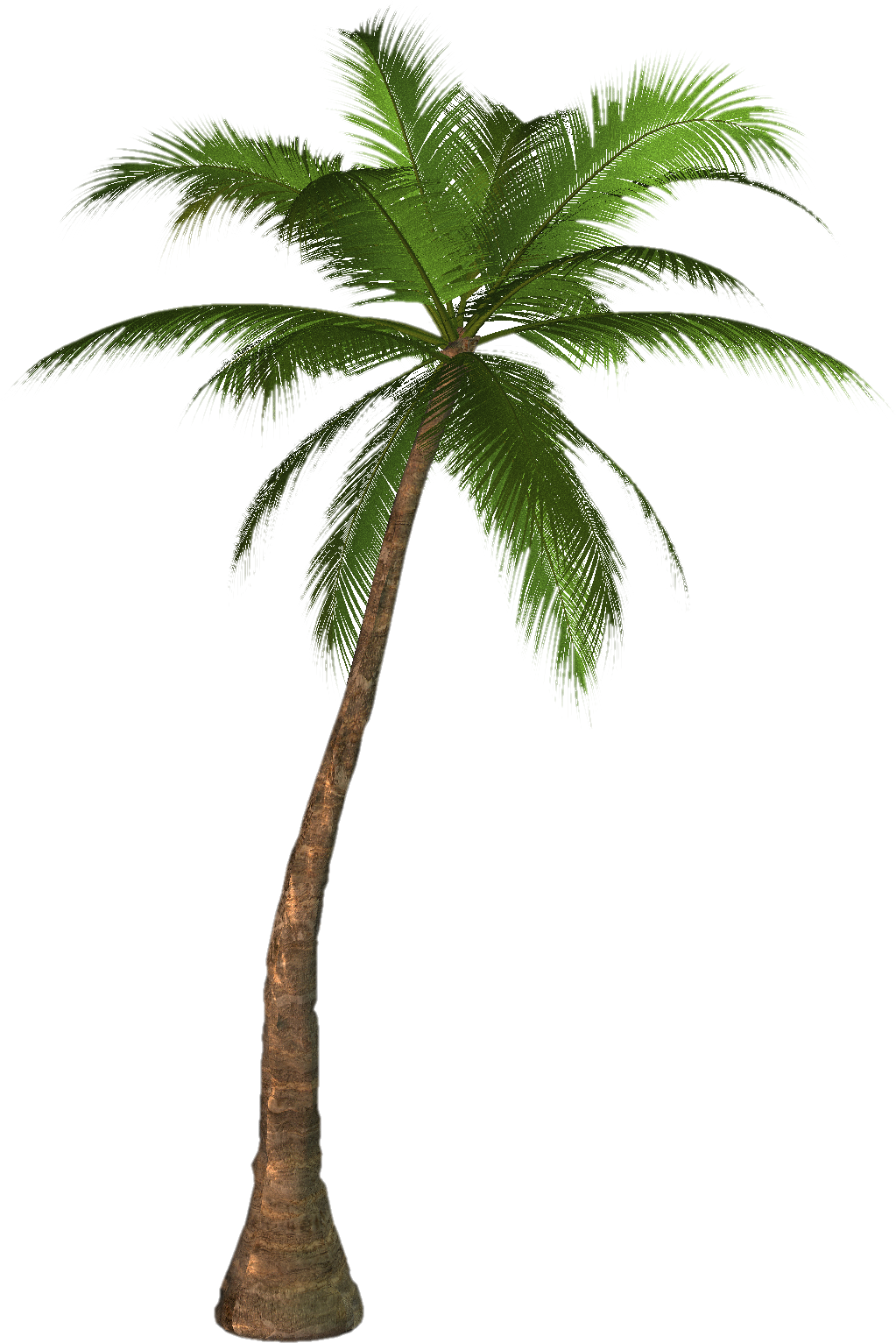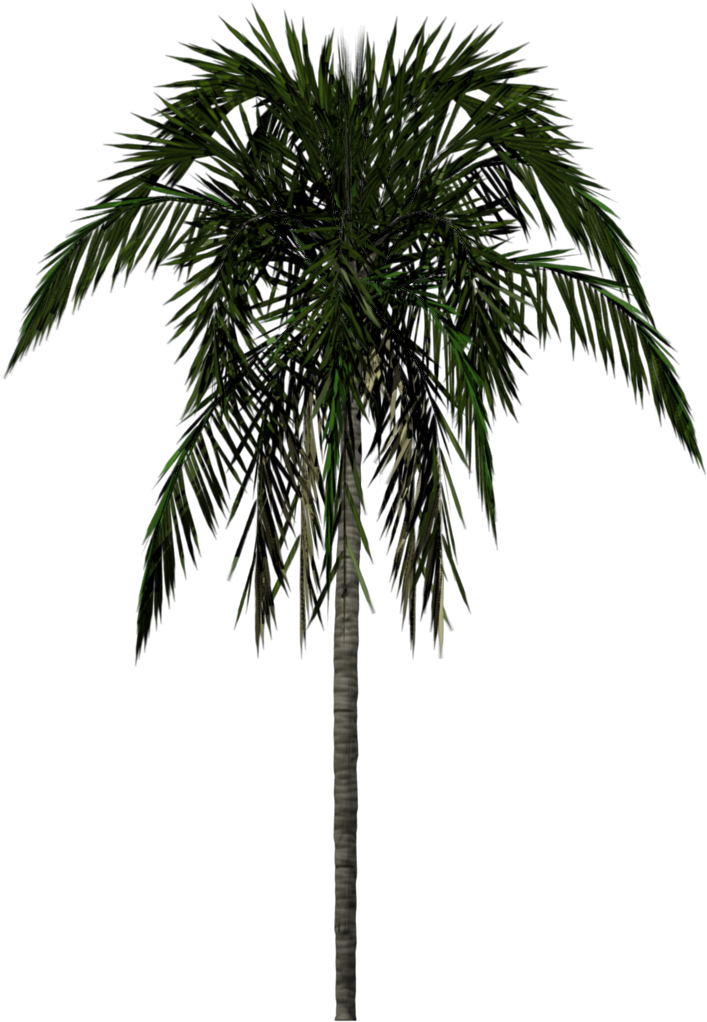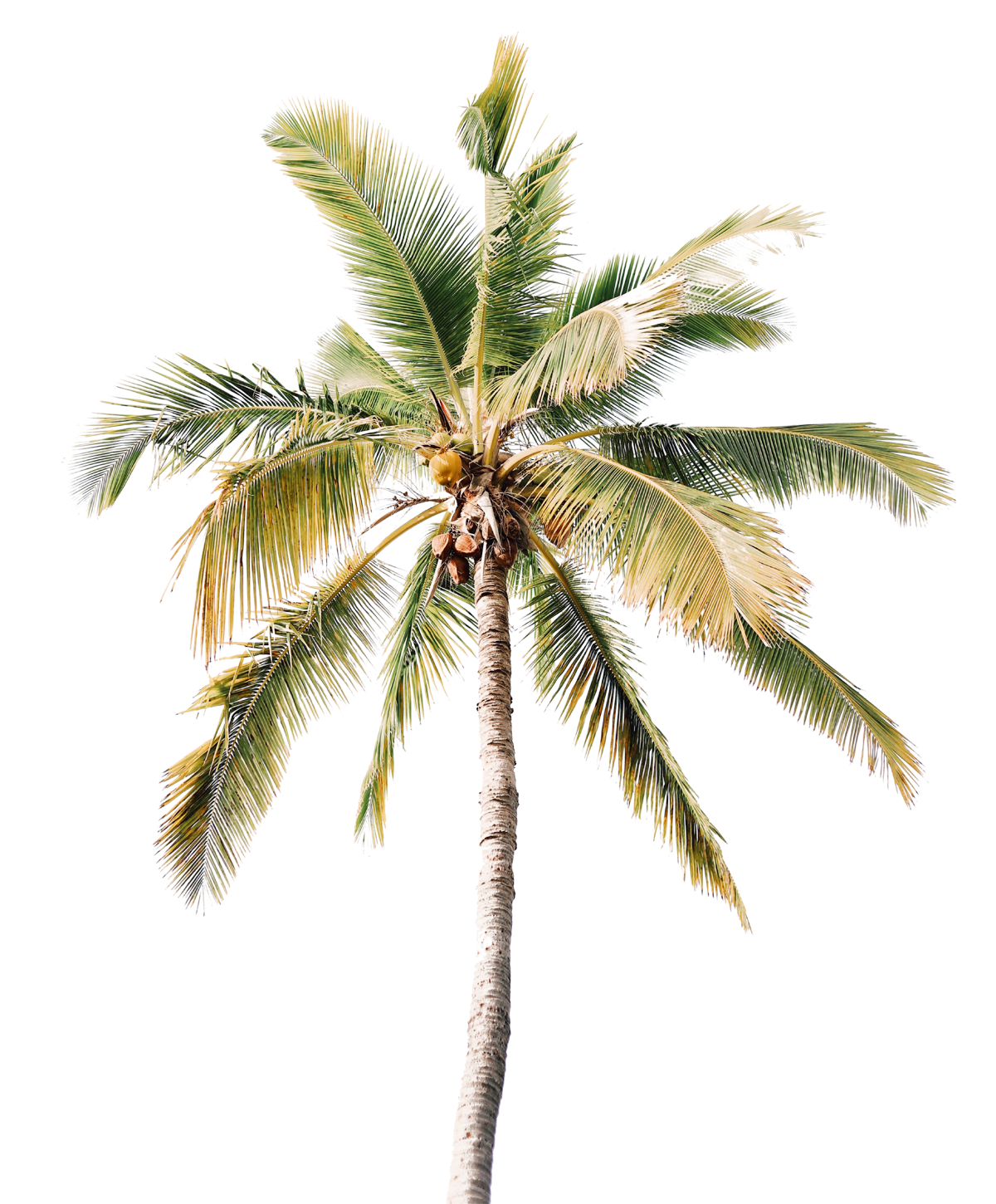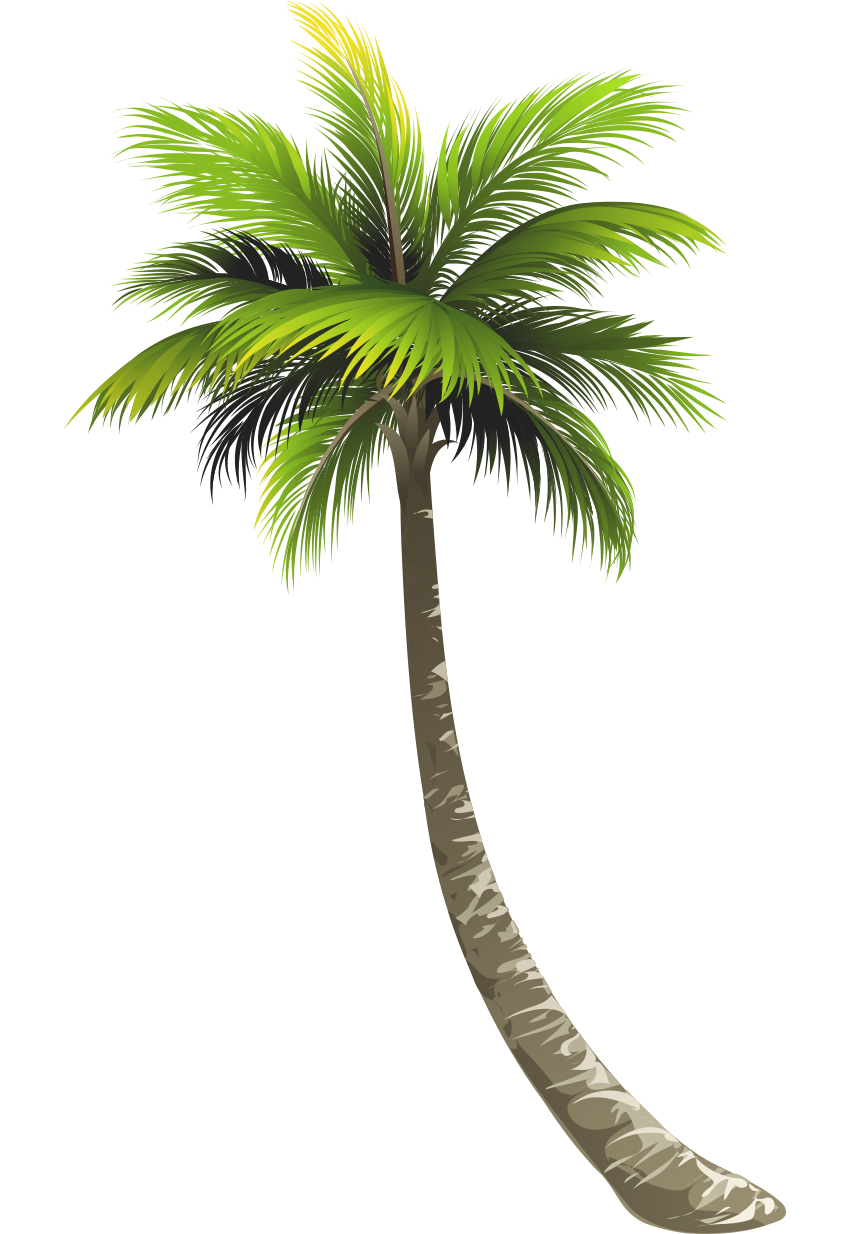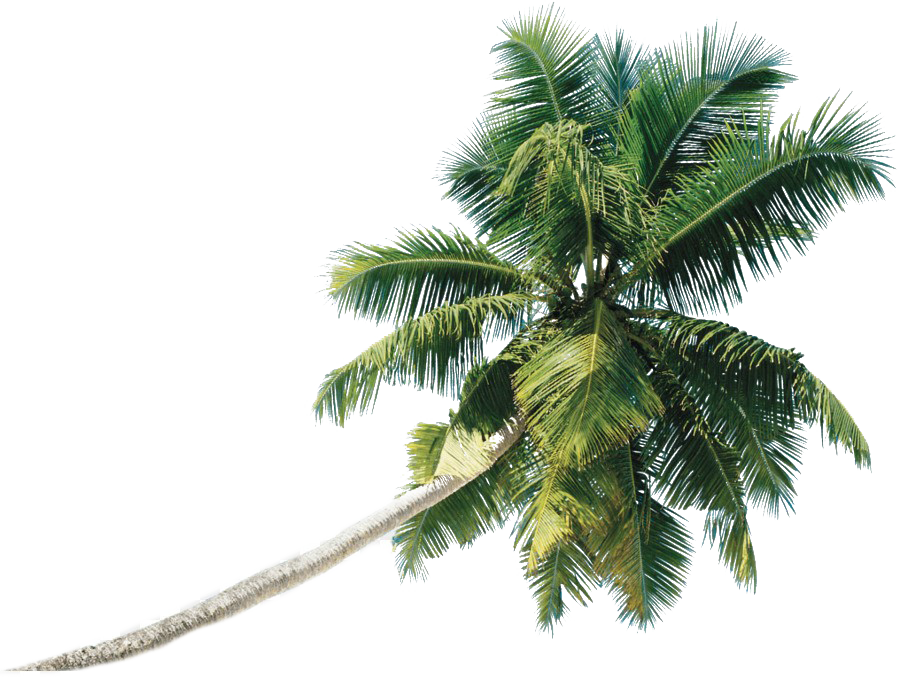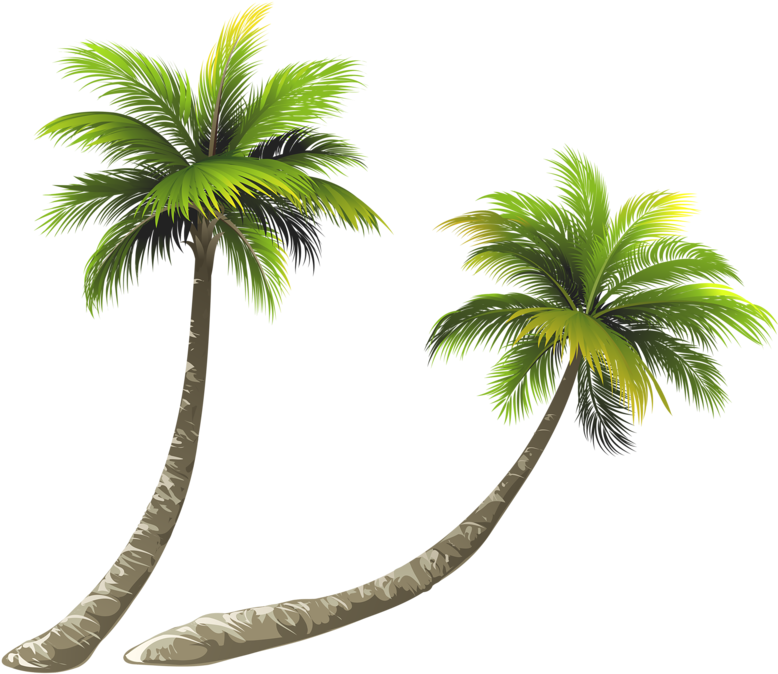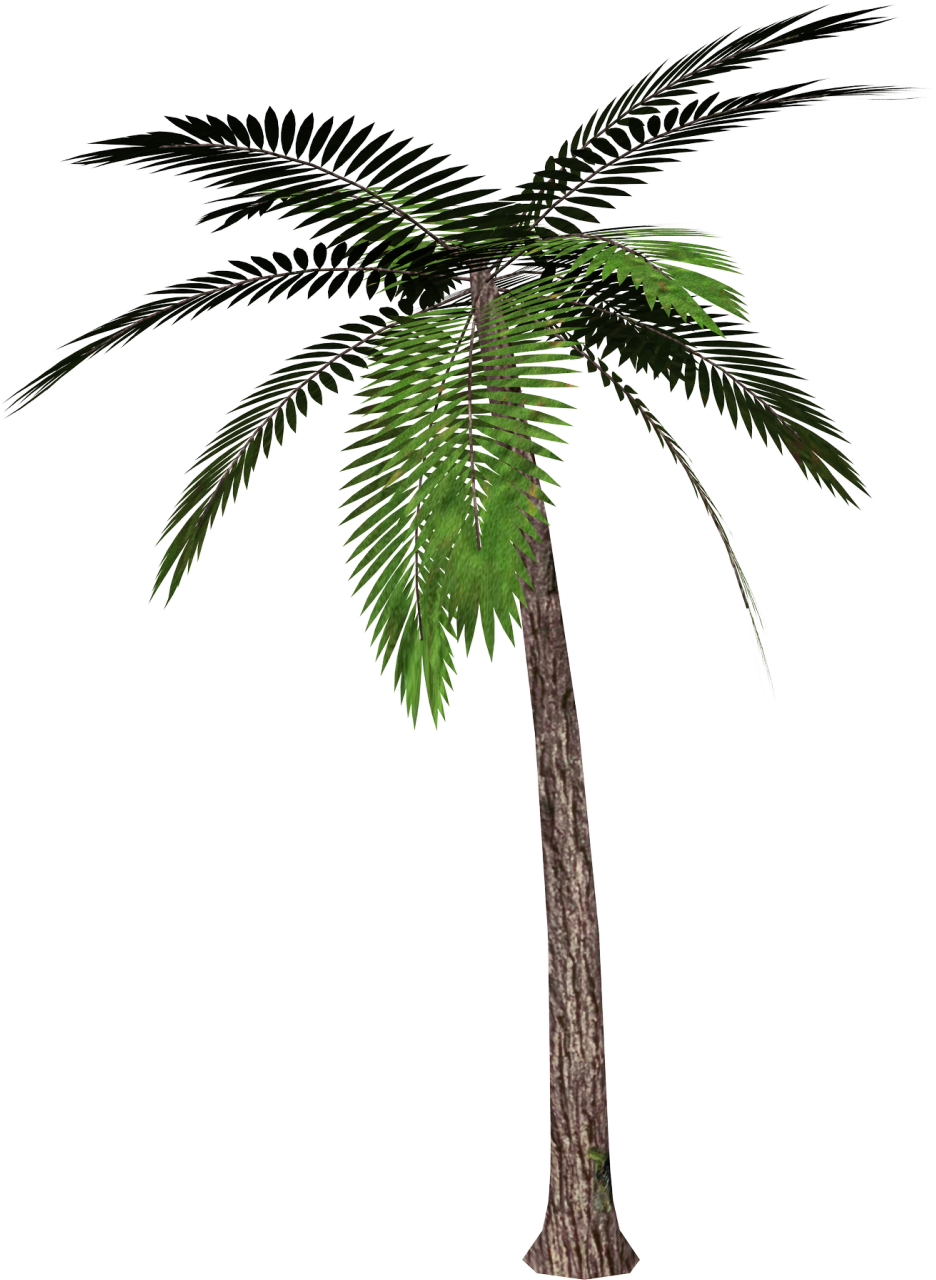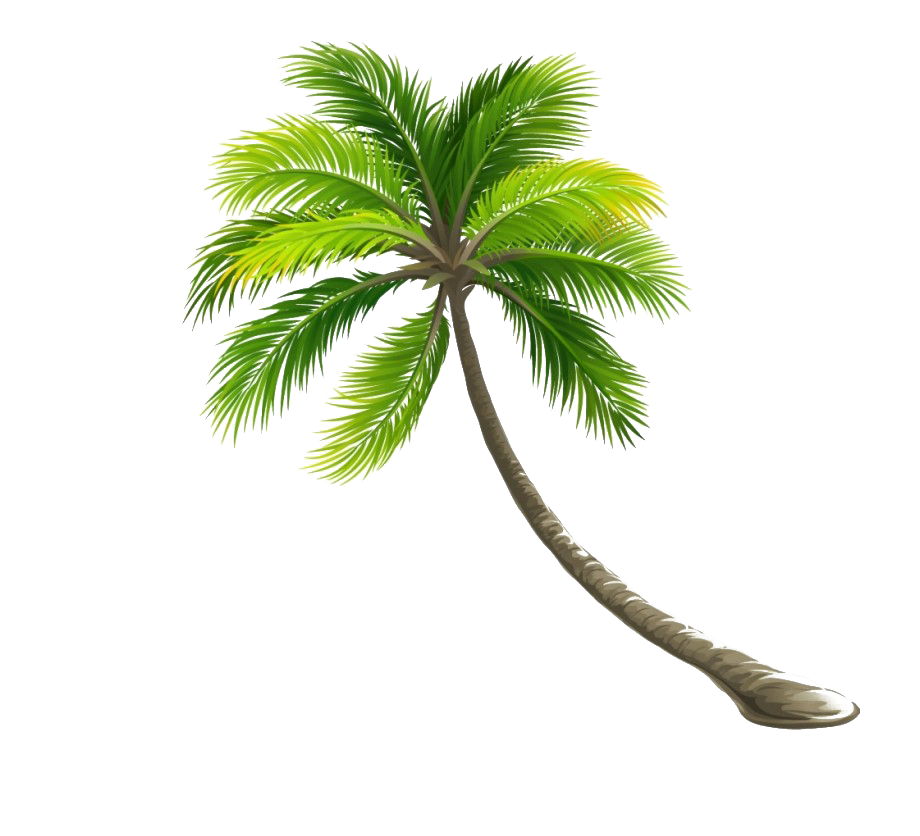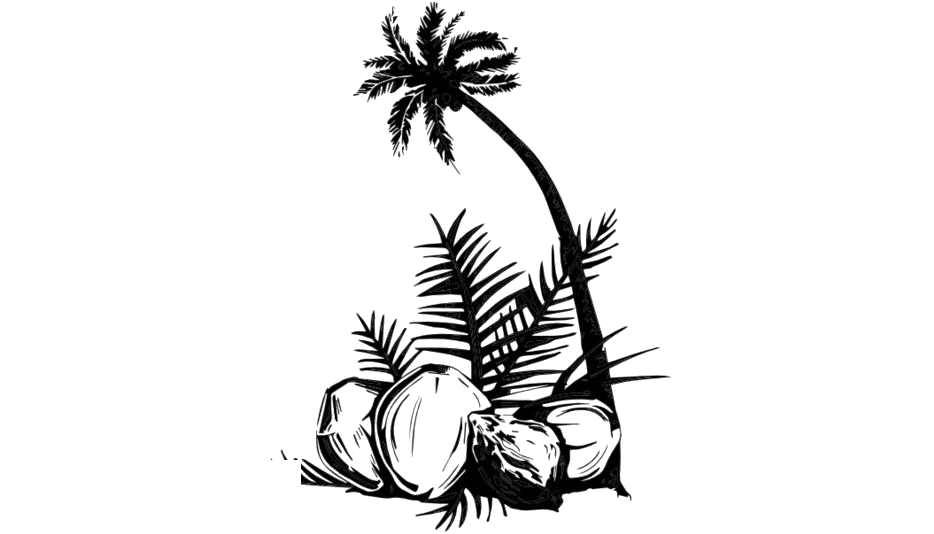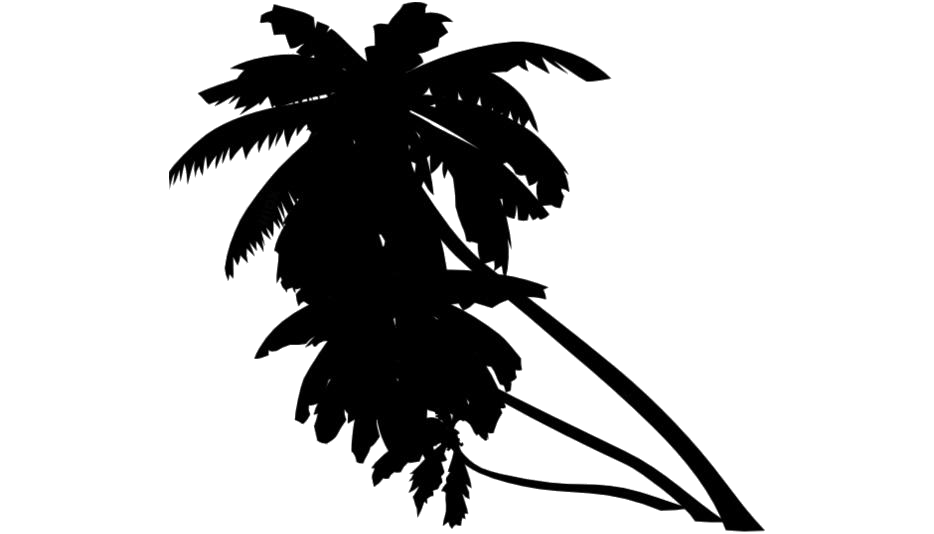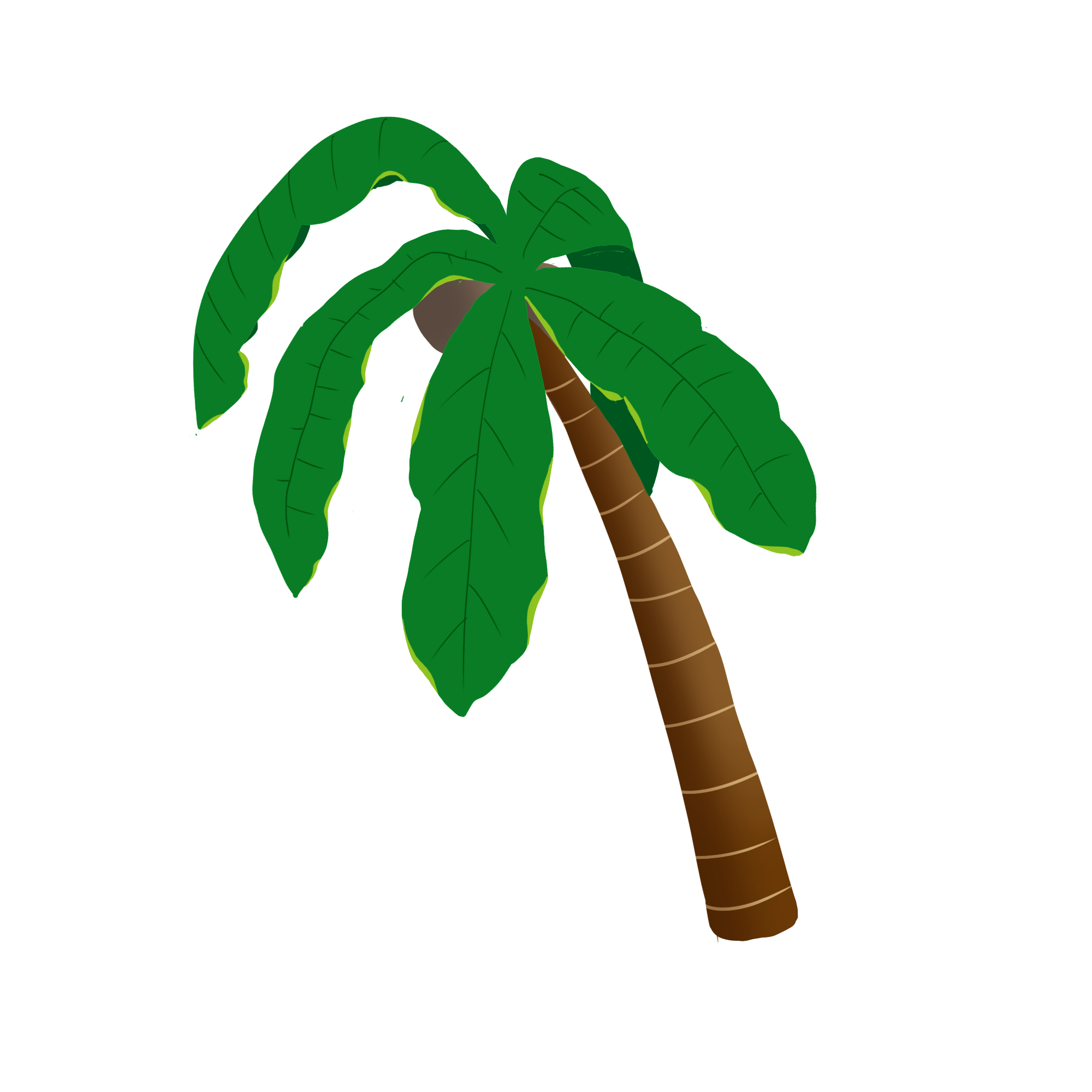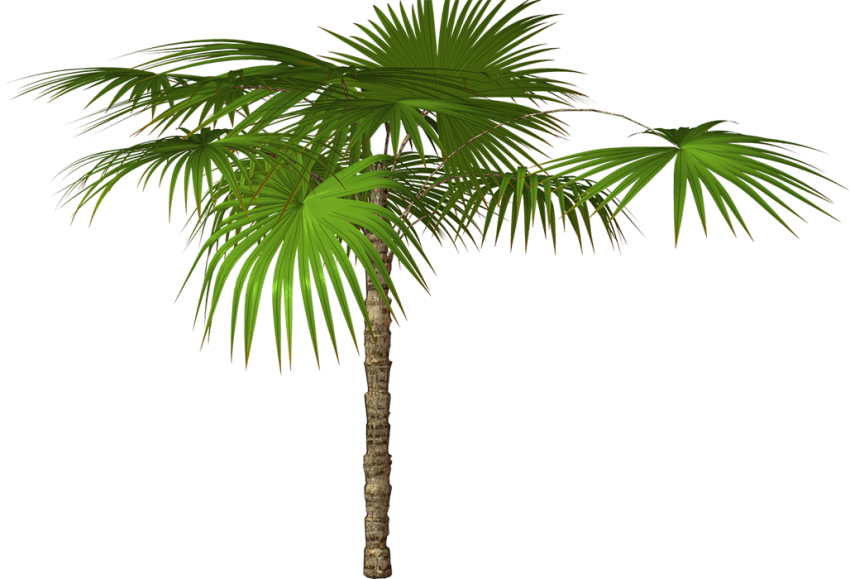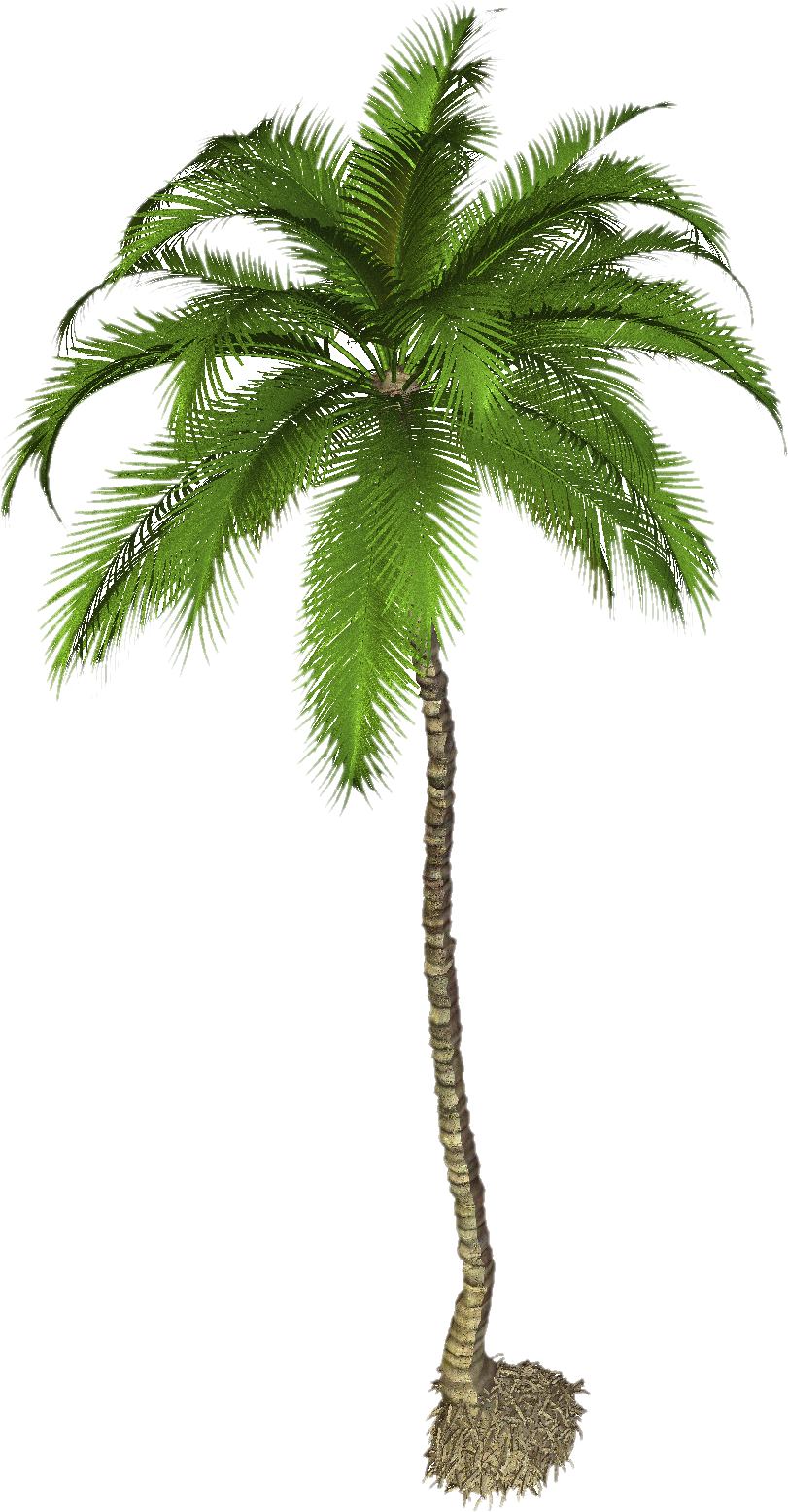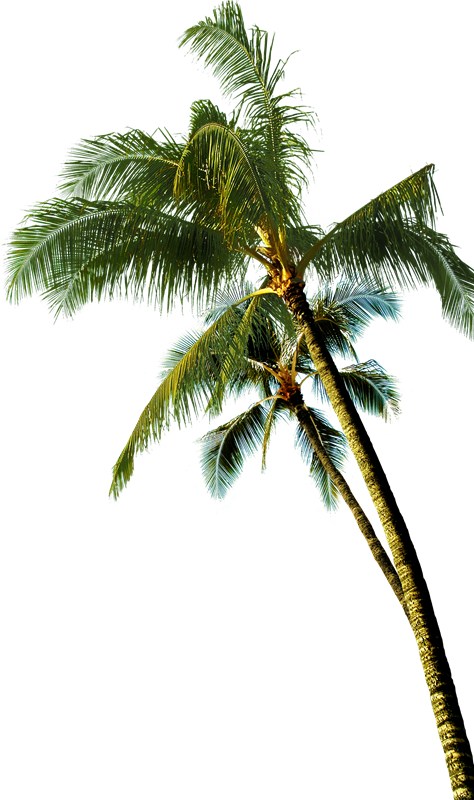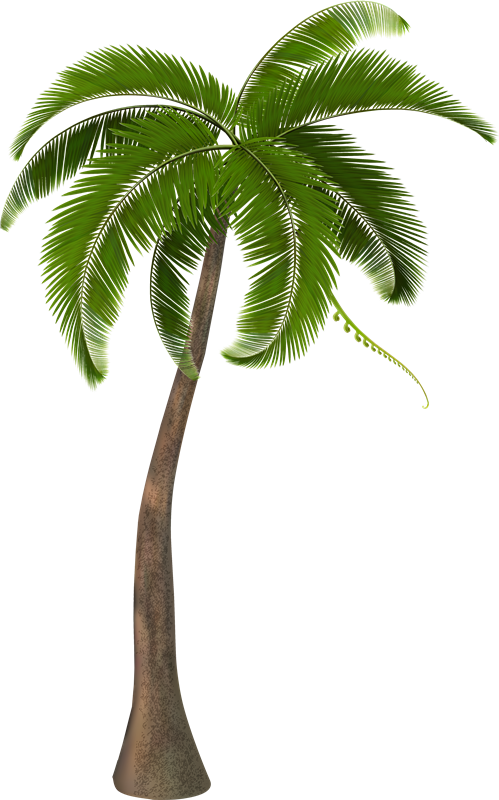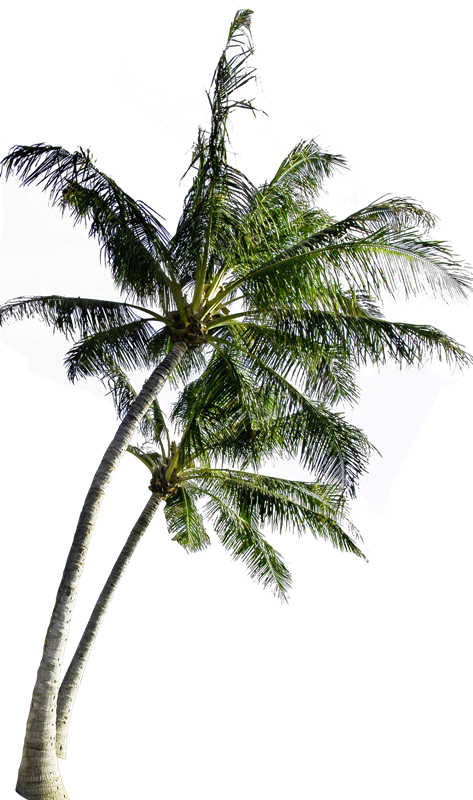Download top and best high-quality free Coconut Palm Tree PNG Transparent Images backgrounds available in various sizes. To view the full PNG size resolution click on any of the below image thumbnail.
License Info: Creative Commons 4.0 BY-NC
The coconut tree (Cocos nucifera) is the only surviving species of the genus Cocos, which belongs to the palm tree family (Arecaceae). The name “coconut” (or the archaic “cocoanut”) can refer to the complete coconut palm, the seed, or the fruit, which is a drupe, not a nut, according to the botanical definition. After the three indentations on the coconut shell that mimic facial features, the term originates from the old Portuguese word coco, which means “head” or “skull.” They are a cultural symbol of the tropics and may be found in coastal tropical locations.
It is known as the “tree of life” and is one of the most beneficial trees on the planet. It serves as a source of food, fuel, cosmetics, traditional medicine, and building materials, among other things. Many people in the tropics and subtropics consume the interior meat of the mature seed as well as the coconut milk produced from it on a daily basis. Coconuts are distinguished from other fruits by the presence of a considerable amount of transparent liquid called coconut water or coconut juice in the endosperm. Coconuts that are mature and ripe can be eaten as seeds, or they can be processed for oil and plant milk from the flesh, charcoal from the hard shell, and coir from the fiber husk.
Copra refers to dried coconut meat, and the oil and milk obtained from it are widely used in cookery, particularly frying, as well as soaps and cosmetics. Coconut sap can be fermented into palm wine or coconut vinegar or used to make beverages. Hard shells, fibrous husks, and long pinnate leaves may all be utilized to construct a variety of furniture and decorating items.
In certain communities, the coconut has cultural and religious importance, notably in Western Pacific Austronesian cultures, where it appears in myths, hymns, and oral traditions. It was also used in pre-colonial animistic faiths for ceremonial purposes. In South Asian civilizations, it has taken on religious importance and is utilized in Hindu ceremonies. In Hinduism, it is the foundation of wedding and worship ceremonies. It’s also important in the Vietnamese Coconut Religion. The fact that their ripe fruit falls to the ground has caused them to be preoccupied with death by coconut.
Coconuts were domesticated by Austronesian peoples in Island Southeast Asia and spread throughout the Neolithic by seaborne migrations as far east as the Pacific Islands as west as Madagascar and the Comoros. They were vital to Austronesians’ lengthy sea trips by providing a portable supply of food and water, as well as building materials for Austronesian outrigger canoes. Coconuts were also distributed over the Indian and Atlantic Ocean shores by South Asian, Arab, and European seafarers in the past.
Based on these different introductions, coconut populations can still be split into two groups today: Pacific coconuts and Indo-Atlantic coconuts. Although there is evidence of a probable pre-Columbian arrival of Pacific coconuts to Panama by Austronesian seafarers, coconuts were first brought to the Americas by Europeans during the colonial era in the Columbian exchange. The coconut’s evolutionary origins are disputed, with hypotheses claiming that it originated in Asia, South America, or Pacific islands.
Trees can reach 30 m (100 ft) in height and produce up to 75 fruits each year, however less than 30 are more common. Plants dislike cold temperatures and want plenty of rainfall as well as direct sunlight. Many insect pests and illnesses afflict the species, making commercial production difficult. Indonesia, the Philippines, and India collectively generate over 75% of the world’s coconut supply.
Download Coconut Tree PNG images transparent gallery.
- Coconut Tree Vector PNG Image File
Resolution: 800 × 800
Size: 278 KB
Image Format: .png
Download
- Coconut Tree Vector
Resolution: 1200 × 1377
Size: 1574 KB
Image Format: .png
Download
- Coconut Tree PNG File Download Free
Resolution: 1611 × 1087
Size: 1827 KB
Image Format: .png
Download
- Coconut Tree
Resolution: 2000 × 2000
Size: 1390 KB
Image Format: .png
Download
- Coconut Tree Vector PNG
Resolution: 3611 × 2770
Size: 856 KB
Image Format: .png
Download
- Coconut Tree PNG
Resolution: 1023 × 1533
Size: 1052 KB
Image Format: .png
Download
- Coconut Tree Silhoutte
Resolution: 707 × 1022
Size: 630 KB
Image Format: .png
Download
- Coconut Tree Transparent
Resolution: 1200 × 1450
Size: 1849 KB
Image Format: .png
Download
- Coconut Tree PNG Clipart
Resolution: 850 × 1234
Size: 427 KB
Image Format: .png
Download
- Coconut Tree PNG Picture
Resolution: 900 × 680
Size: 687 KB
Image Format: .png
Download
- Coconut Tree PNG Free Image
Resolution: 1484 × 750
Size: 380 KB
Image Format: .png
Download
- Coconut Tree PNG File
Resolution: 778 × 674
Size: 364 KB
Image Format: .png
Download
- Coconut Tree Silhouette PNG
Resolution: 2000 × 2750
Size: 284 KB
Image Format: .png
Download
- Coconut Tree Silhoutte PNG Image
Resolution: 850 × 981
Size: 146 KB
Image Format: .png
Download
- Coconut Tree PNG Download Image
Resolution: 920 × 1021
Size: 498 KB
Image Format: .png
Download
- Coconut Tree PNG High Quality Image
Resolution: 936 × 1280
Size: 718 KB
Image Format: .png
Download
- Coconut Tree PNG Images
Resolution: 920 × 836
Size: 407 KB
Image Format: .png
Download
- Coconut Tree Silhouette Transparent
Resolution: 1381 × 2400
Size: 310 KB
Image Format: .png
Download
- Coconut Tree Silhoutte PNG Clipart
Resolution: 934 × 534
Size: 196 KB
Image Format: .png
Download
- Coconut Tree Silhoutte PNG Free Download
Resolution: 980 × 988
Size: 28 KB
Image Format: .png
Download
- Coconut Tree Silhoutte PNG Picture
Resolution: 934 × 534
Size: 134 KB
Image Format: .png
Download
- Coconut Tree Silhoutte PNG Free Image
Resolution: 963 × 1280
Size: 184 KB
Image Format: .png
Download
- Coconut Tree Silhouette PNG File
Resolution: 934 × 534
Size: 171 KB
Image Format: .png
Download
- Coconut Tree Vector PNG Photo
Resolution: 1024 × 1024
Size: 42 KB
Image Format: .png
Download
- Coconut Tree Vector PNG Image HD
Resolution: 1180 × 1039
Size: 551 KB
Image Format: .png
Download
- Coconut Tree Vector PNG File Download Free
Resolution: 2000 × 2000
Size: 457 KB
Image Format: .png
Download
- Coconut Tree Vector PNG Transparent HD Photo
Resolution: 850 × 579
Size: 362 KB
Image Format: .png
Download
- Coconut Tree Silhoutte PNG HD Image
Resolution: 1200 × 1200
Size: 97 KB
Image Format: .png
Download
- Coconut Tree PNG Transparent HD Photo
Resolution: 811 × 1557
Size: 941 KB
Image Format: .png
Download
- Coconut Tree PNG HD Image
Resolution: 474 × 800
Size: 407 KB
Image Format: .png
Download
- Coconut Tree PNG Image HD
Resolution: 590 × 800
Size: 488 KB
Image Format: .png
Download
- Coconut Tree PNG Image
Resolution: 499 × 800
Size: 378 KB
Image Format: .png
Download
- Coconut Tree PNG Pic
Resolution: 473 × 800
Size: 473 KB
Image Format: .png
Download
